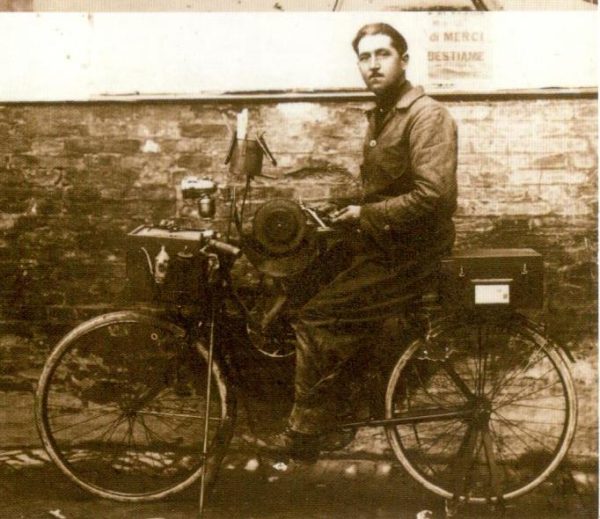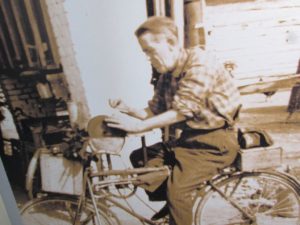Immediately after the First World War, Austria remained the preferred destination. Numerous families from Oseacco (for example the Siega, Zuzzi, and Di Lenardo families) had fruit shops there. Latin America, especially Argentina, attracted the inhabitants of San Giorgio and Gniva from 1920 to around 1940, while the inhabitants of Stolvizza, particularly the knife grinders, kept preferring Istria, Croatia, the Kvarner Gulf, and Serbia.
The immigrants in Algeria were a separate case. The Second World War had torn the European economy apart, and destroyed the old communication and mobility system within the Alpe-Adria region. The rise of the Iron Curtain changed everything. During and after the Second World War, a lot of the Resian knife grinders who had settled in territories which later became part of Yugoslavia, abandoned their activities and came back to Resia.
Resian emigrants, especially the knife grinders, had to direct their attention to the West. Emigration in this period started to involve not only the knife grinders, but also other Resian workers, mostly construction workers, who left for Germany, Luxembourg, and Belgium. The biggest Italian cities also attracted masses of workers, among which there were many Resians.
After the Second World War, Resian knife grinders changed their route towards Friuli and northern Italy. The hard economic situation after the war affected all strata of the population, and surely did not spare the knife grinders. They started visiting a lot of Italian regions, moving from town to town in search of objects to sharpen.

